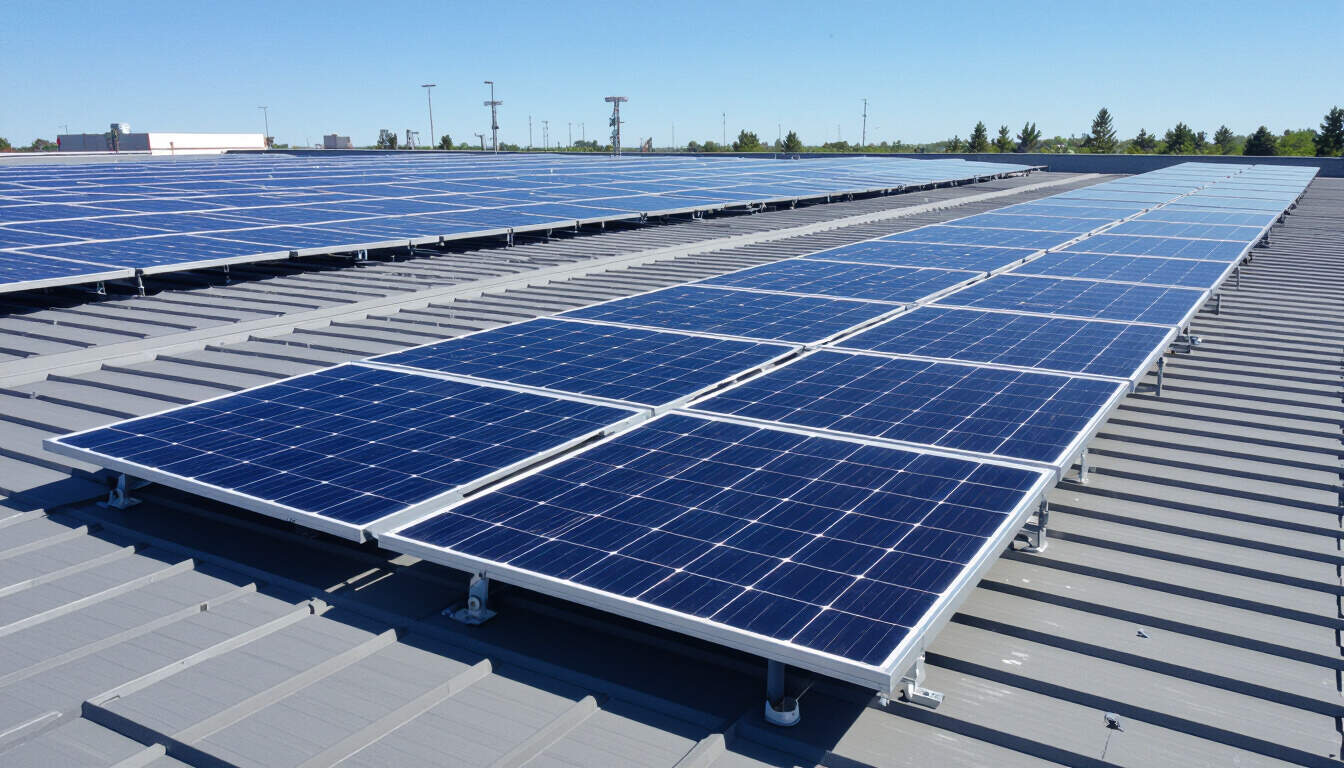Strategic Budgeting for Solar Power
 by Max Miller
by Max Miller
Effective budgeting for solar power helps businesses reduce costs and enhance sustainability. This article explores practical approaches to planning, implementation, and long-term savings through real-world examples and trends in energy efficiency.

Strategic energy budgeting plays a key role in adopting solar power. For business professionals and energy managers, careful planning ensures investments align with financial goals and sustainability efforts. This approach involves assessing initial costs, ongoing expenses, and potential returns.
One fundamental aspect is evaluating installation expenses. Businesses must consider factors like panel quality, system size, and site preparation. By prioritizing these elements, organizations can avoid overspending while maximizing benefits. For instance, choosing high-efficiency panels can lead to better performance over time.
Practical strategies begin with conducting a thorough cost analysis. This includes estimating upfront investments such as equipment and labor. Energy managers should also account for incentives like tax credits, which can significantly lower the financial burden. Another strategy involves forecasting energy production based on local conditions, helping to predict savings accurately.
In practice, many companies have seen success through phased implementation. A manufacturing firm, for example, started by installing energy efficiency measures on one production line before expanding. This step-by-step method allowed them to monitor results and adjust budgets without disrupting operations. Over two years, they reduced their overall energy use by 25 percent, demonstrating the value of incremental changes.
Emerging trends offer new opportunities for optimization. Advances in battery storage technology now enable better integration with solar systems, allowing businesses to store excess energy for peak demand periods. This trend helps in smoothing out usage patterns and cutting reliance on grid supplies.
Key Strategies for Effective Budgeting
To implement strategic energy budgeting, consider the following steps:
- Assess Current Energy Use: Begin by reviewing existing consumption data to identify areas for improvement.
- Set Clear Objectives: Define specific targets, such as reducing carbon emissions or achieving cost savings within a set timeframe.
- Explore Financing Options: Look into loans, leases, or partnerships that spread costs over time.
- Monitor and Adjust: Use tools to track performance and make necessary modifications based on real-time data.
Case studies highlight the impact of these strategies. A retail chain upgraded to solar power across several locations, focusing on regions with high sunlight. By allocating funds based on projected energy output, they achieved payback within five years. This success stemmed from detailed planning and regular evaluations.
Another example involves a hospital that integrated solar solutions to meet regulatory standards for sustainability. They budgeted for maintenance and upgrades, ensuring long-term reliability. The result was not just financial savings but also improved public image and compliance with environmental policies.
Trends in energy efficiency continue to evolve, with innovations like smart monitoring systems. These tools provide insights into system performance, allowing for proactive adjustments. For sustainability enthusiasts, staying informed about such developments can guide better decision-making.
In summary, adopting strategic energy budgeting for solar power requires a balance of foresight and adaptability. By applying practical strategies and learning from case studies, businesses can achieve meaningful gains. This process supports both economic and environmental objectives, paving the way for a more sustainable future.
Benefits and Considerations
The benefits of solar power extend beyond immediate savings. Businesses often experience improved resilience against energy price fluctuations. Considerations include local regulations and potential weather impacts, which should factor into budgeting plans.
For energy managers, the focus remains on measurable outcomes. Tracking metrics like return on investment helps in refining approaches. As more organizations adopt these practices, the collective push towards efficiency grows stronger.
Overall, strategic energy budgeting empowers professionals to make informed choices. Through careful planning and awareness of trends, the transition to solar power becomes a viable and rewarding endeavor.
